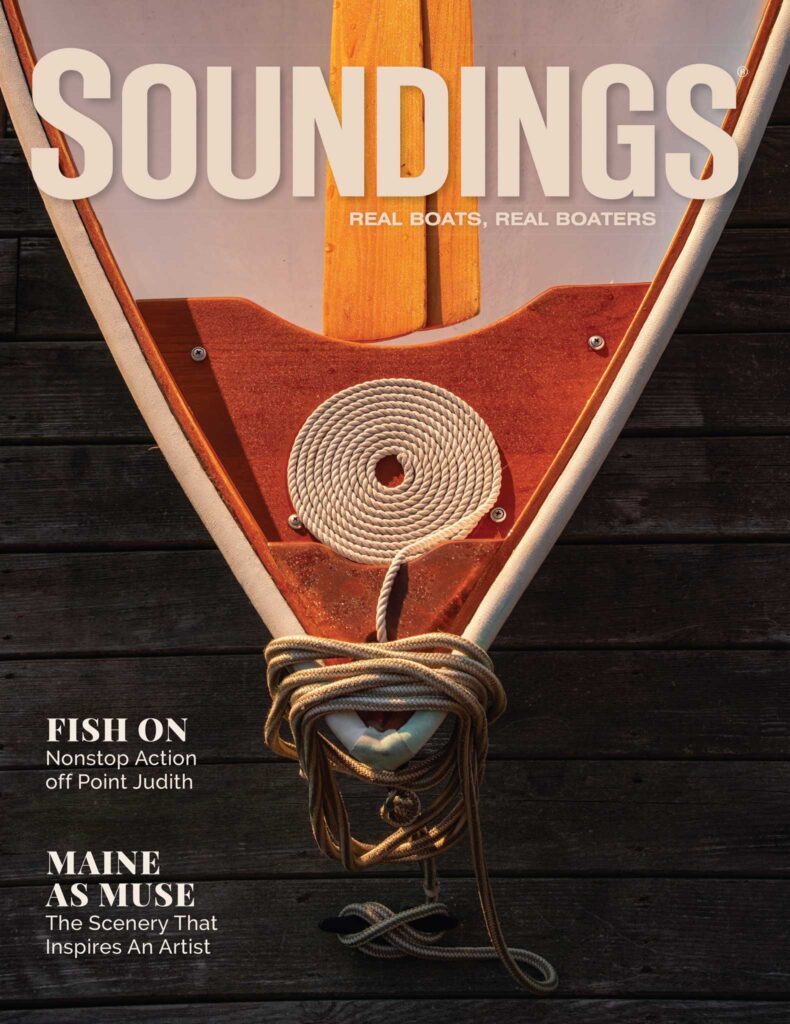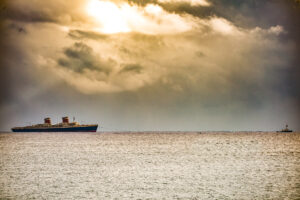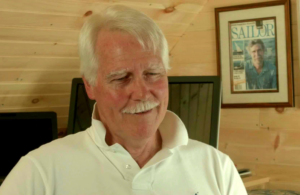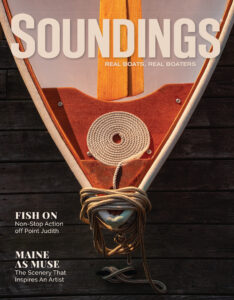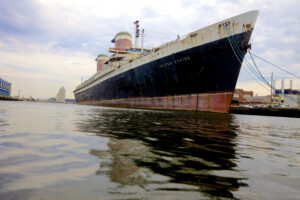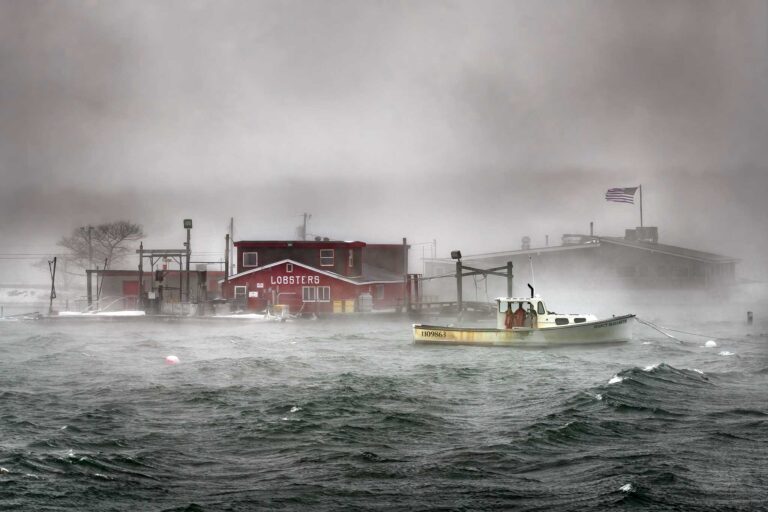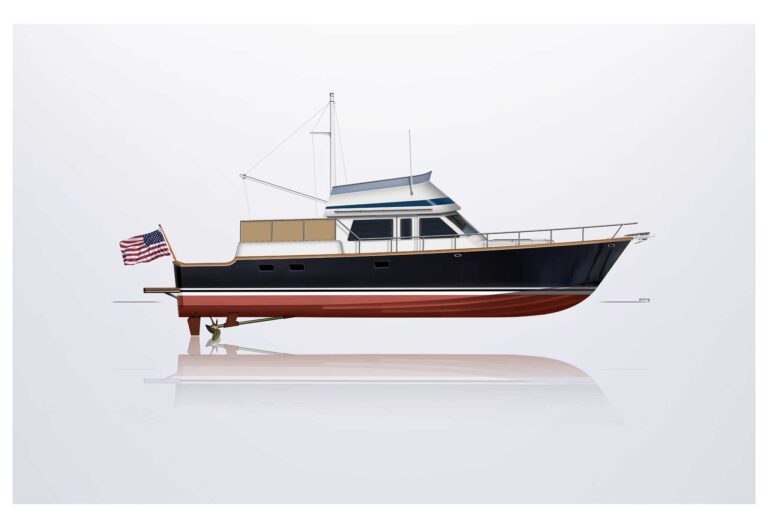Steve French, the owner of the industrial design firm Applied Concepts Unleashed in Stuart, Fla., has been designing powerboats from 19 to 100 feet for 30 years. His reputation has grown because of his progressive thinking and high-tech design and building methods, and his portfolio ranges from Garlington and Spencer sportfishing boats to the high-tech Makaira 64 and the F22 center console, as well as the Hydra-Sports 3300 Vectra.

French’s work also extends outside the marine world. He has invented or designed everything from plastic pots to laser eye-surgery tools. Three of his four grown sons are specialists in the marine industry. His son Stephenson is vice president of operations at Applied Concepts. Of all his boats, the 86 Unleashed, a high-tech fast sportfishing boat, is his favorite.
French is building a 33-foot center console with diesel-electric power for himself and is launching another business, French Yachts, a full-time custom facility in Orange, Ala., where he hopes to build his own brand (www.acunleashed.com, www.sfelimited.com).
Q: What is your design and building philosophy or approach?

A: I am a progressive designer. I want to make sure the progress is helping the customer. People say progress is more, more, more. But sometimes progress is just the opposite — less — and in the industrial design world we define it with minimalism. People’s core desire for boating is to relax, to enjoy or have a thrill. They don’t want to clean or maintain or fix their boats, so we do everything we can to design boats that are absolutely as efficient as they can be.
Q: Can you give an example of the use of technology in your designs and builds?
A: For the past 20 years, we’ve used 3-D computer modeling to build our boats. This technology helps us plan accurate, complex assemblies, including systems. The air conditioning, plumbing, the drive systems and every pump in the boat can be placed and precalculated. We also use 3-D CAD to go to 3-D printing. Stereolithography and other 3-D printing technologies are here to stay — and in a really big and cool way. We use them to show our customers what they’re going to get way in advance of the build.
Q: How many boats have you designed?
A: Last time someone counted it was 350, and more than 1,500 of my boats are on the water. About 1,200-plus of those are production boats.
Q: What was your breakthrough boat?
A: The Seyler F22. I was 18 or 19, and Jeff Seyler was the designer for Robalo and went off on his own to build step-bottom raceboats. He asked me to do a fishboat and gave me a clean slate, so the project was really mine. I think I had one of the first round bait wells, and you could actually get your feet under the console for toekick space. The electronics panel door slid up and down instead of hinging. So the boat had all kinds of cool innovations, and it was a fast boat with low fuel burn. I think 200 or so of the boats were built in a year and a half. That boat got me recognized.
Q: What are some of your favorite designs?

A: For a production boat, I would say the Hydra-Sports 330 Vector. It was 1985. I was 21 years old, and in 93 days I conceived the boat, and we built the plugs, built the molds and used vacuum-bagging with UV-cured resin. It was one of the first offshore, canyon-running center consoles. The 86 Unleashed is my favorite custom boat. It was originally designed in 1995, and the customer came to me in 2005 and asked me to build something drastically different. He took one look at the rendering and said, “Let’s build it.” The yacht embodies my entire career experience. I put together several companies to build it, and it was built in three different counties concurrently.
Q: You’re an inventor. Is there one item you’re most proud of?
A: Yes, and it is not specifically a boating product. It is a small hanging device called the GO-Vz (www.go-vz.com), and it is by far my best invention. It is a patented, quarter-size plastic hanger, and it’ll change your life. I hold several patents, from carbon-fiber fighting chairs to plastic lawn furniture — all kinds of stuff — but this is one of the most successful because it’s so simple and can do so much. Despite its small size, it can hold 100 pounds. It can be a mobile holder for your mobile phone. It is the only mobile docking device that will hang any brand of cellphone, GPS fishfinder, picture or almost anything else you could imagine.
Q: Do you have any tips for boat buyers?
A: One of the most important things to remember is this: know thyself. You shouldn’t go boat shopping until you know who you are and what it is you want. Don’t kid yourself about your knowledge of technology, maintenance, systems or experience on the water. Take a hard look at whether you can afford the boat. People have a tendency to just look at the price tag and fail to realize the significant maintenance and upkeep costs.
Q: How did you catch the boating bug?
A: My best friend’s older brother built a hydroplane. He was 15 years old and built this awesome wooden boat. I was 6 or 7 at the time. I remember being completely enamored with that thing. That was the beginning. Boats are an amazing mix of science and artistry that speak to both the past and the future. If I walk by a boatyard, I have to stop and go through the yard and climb on every boat I can. I love ’em all.
November 2013 issue

